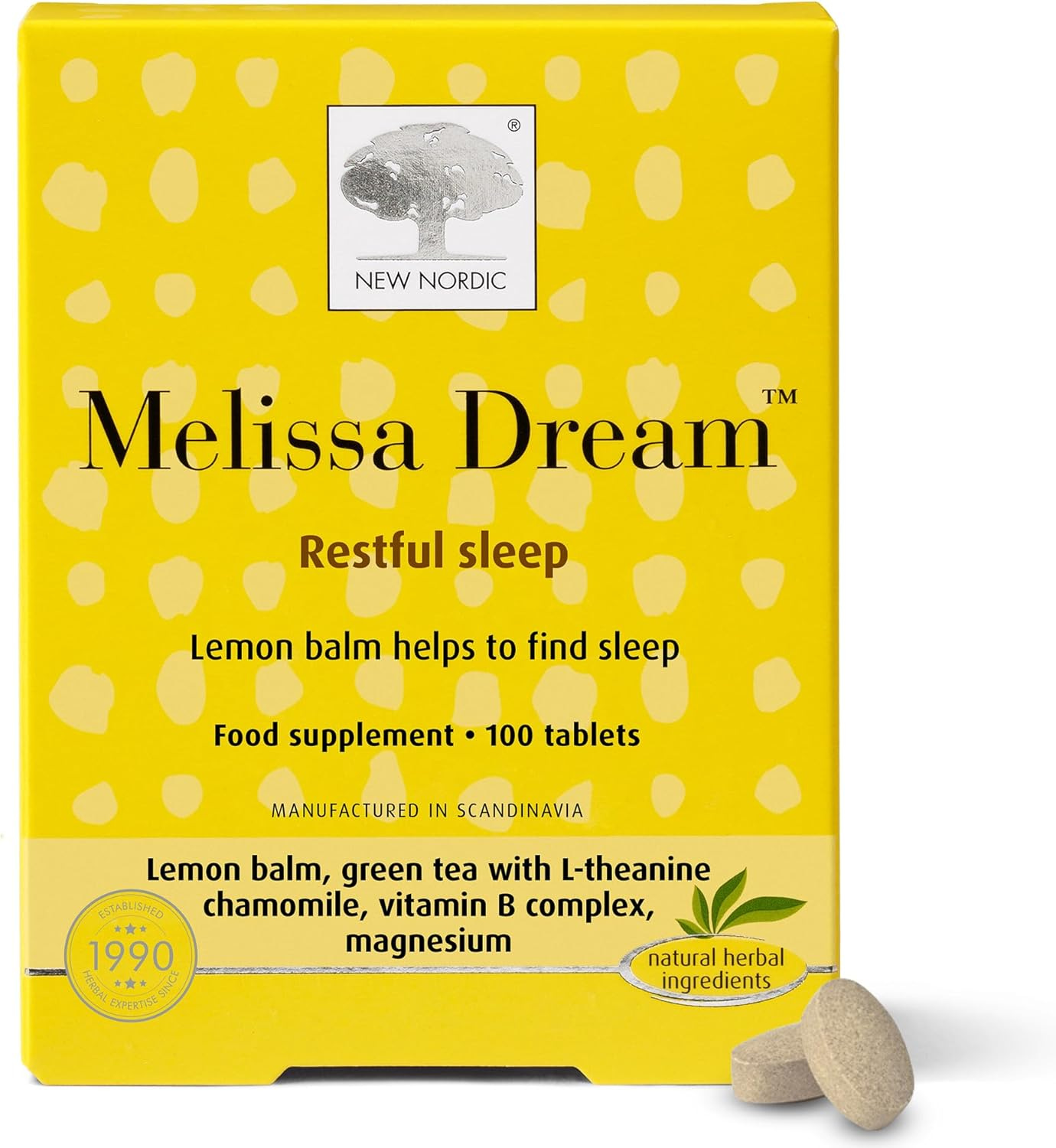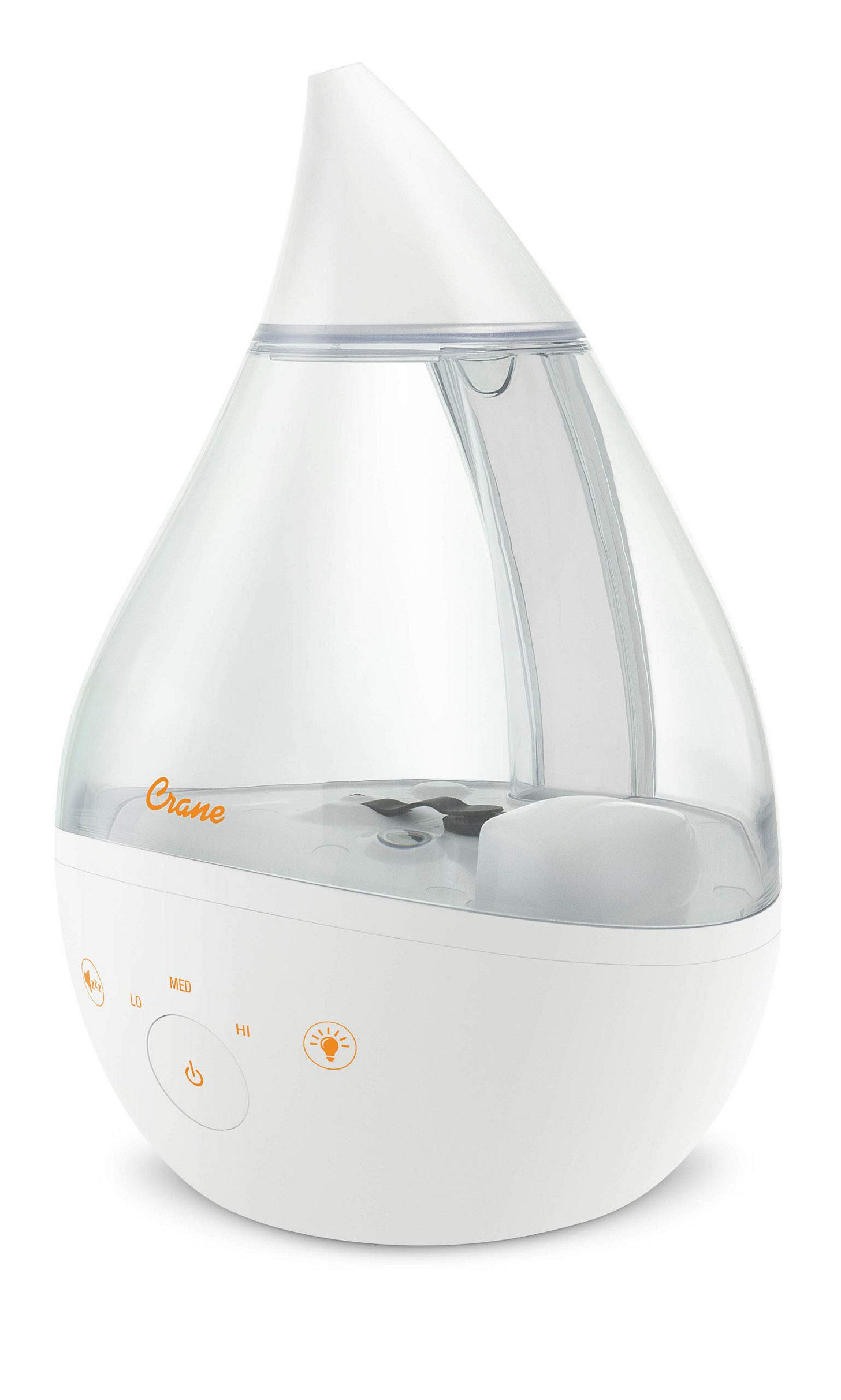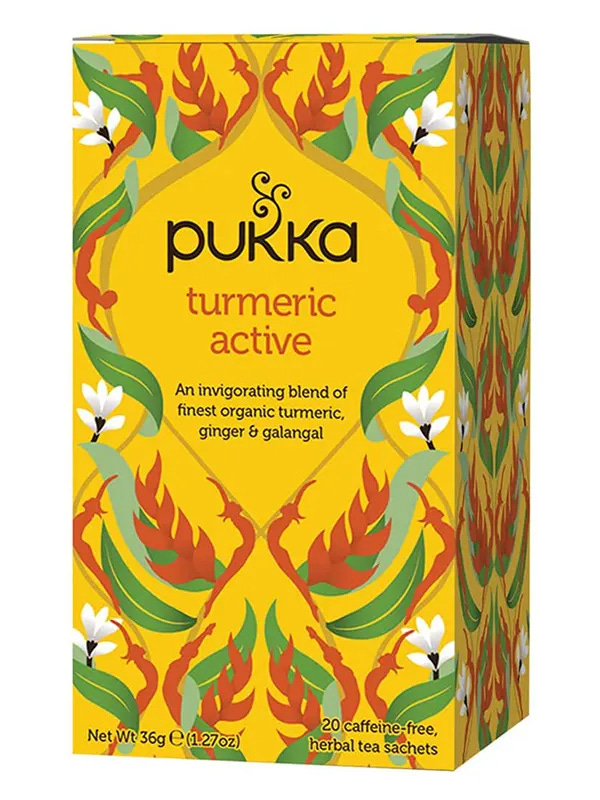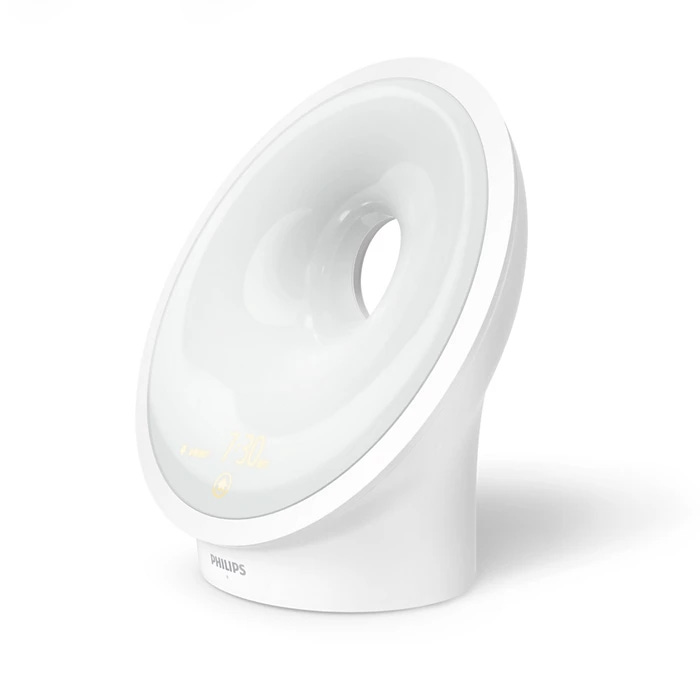A brain on fire - the neurobiology of burnout
A neurodivergent woman's guide to recovering from burnout, breakdown and helping your brain to repair itself
Three years ago, I had a breakdown, not a Brene Brown style breakdown. I had what a psychiatrist called a “total mental collapse”. It forced me to leave my career, take time out of work and focus on my wellbeing and recovery. It is only in recent months that I have managed to accept what this did to my body and brain, and why it has taken me so long to recover. It has decimated my life.
When a fire rips through a forest, it takes decades to regrow. The process of regeneration is slow. But what is true is that that forest will once again flourish, and there will be lush green and light. I wrote this article as a practical guide on the neurobiology of burnout, treatment-resistant depression and CPTSD, and how to recover, one day at a time.
Several months ago, I relapsed, culminating in a mental health crisis in recent weeks. Over the last few days, I have been reinstating order and routine to help me regain control over my current life stressors. I realised that I had let many good habits slip that were keeping me well. I’m only human. As a reminder to myself, I decided to write down my ten go-to coping strategies. I love a good list.
If you found this guide useful, please consider sharing it with others. I am also about to onboard another group of neurodivergent women for a 3-month group positive psychology coaching. The last group called it “life-changing.” (blushing). The cost is 450 GBP for six biweekly 90-minute sessions. If you would love to join, please email
Suppose fMRI scans were high-resolution colour. I believe my brain after breakdown might have looked like this…
What is burnout?
According to the World Health Organisation (WHO), burnout is an occupational phenomenon resulting from chronic workplace stress that has not been successfully managed. Three things characterise burnout.
Extreme exhaustion and depletion - feeling drained and depleted of energy.
Cynicism, negativism and withdrawal - negative emotions towards your job/career, distancing yourself from people at work or withdrawing from your professional network, or quitting entirely.
Reduced personal efficacy - real or perceived, reduced work performance. Subsequent feelings of being incompetent, an impostor or a failure.
Burnout is not a clinical diagnosis or a mental illness.
Autistic burnout
“Autistic burnout is a syndrome conceptualised as resulting from chronic life stress and a mismatch of expectations and abilities without adequate support. It is characterised by pervasive, long-term (typically 3+ months) exhaustion, loss of function, and reduced tolerance to stimulus” (Raymaker et al., 2020).
This proposed definition of autistic burnout was adapted from the World Health Organisation's (WHO) definition of occupational burnout (Maslach & Leiter, 2016). Burnout is not an autism exclusive phenomenon; ADHD burnout gets equal social media attention, but so far has attracted very little research (Wright et al., 2022).
Autistic burnout is thought to be caused by the exhaustion of social camouflaging, masking your difficulties, and being forced to comply with neurotypical norms (Hull et al., 2017). I would argue that it is caused by relational trauma, living in a continual state of hyperarousal and hypervigilance, and a symptom of social anxiety and CPTSD (Kapp, 2020; Kronenberg et al., 2014). Masking is a trauma response (Pearson & Rose, 2021; Raymaker et al., 2020).
Autistic burnout is not a formal clinical diagnosis. But you are likely to become extremely ill - chronic stress is toxic. Autistic burnout has been correlated with adverse mental health outcomes, including high levels of anxiety, depression, PTSD and suicidality (Cassidy et al., 2018; Raymaker et al., 2020). In neurodivergent women, HPA axis dysregulation caused by toxic stress can lead to sleep difficulties, chronic pain, central sensitivity syndromes, asthma, allergies, autoimmune and rheumatoid disorders, and menstrual disorders (Chrousos, 2009; Seneviratne & Maitland, 2019; Green et al., 2019).
What is stress?
Stress is a physical and psychological response to a perceived threat or insufficient resources to cope with current demands (McEwen, 2007). Stress triggers both physical and psychological responses - the brain and body are intrinsically connected.
The amygdala, a small gland in the brain, signals a threat to the hypothalamus, which in turn relays the signal to the HPA axis to release cortisol (Sapolsky, 2004). Cortisol, blood sugar, heart rate, and blood pressure rise sharply, priming the body to react. Glutamate is released in the brain, causing a transient increase in brain-derived neurotrophic factor (BDNF), which supports problem-solving, learning, and enhanced focus (Duman & Monteggia, 2006).
Whilst acute stress can be motivating, chronic stress is toxic. With chronic stress or trauma, this HPA system malfunctions, causing the brakes to fail and a perpetual state of hyperarousal (McEwen, 2007). This can lead to reduced stress resilience, immune suppression, burnout, depression, and eventually PTSD (Yehuda et al., 2015).
In females, chronic stress can lead to anovulation or stress-induced amenorrhea (absence of periods) and contribute to the development of PCOS (Berga & Loucks, 2006; Ibáñez et al., 2017). In both sexes, chronic stress is a significant risk factor for depression, obesity, type 2 diabetes, and loss of sex hormones, which protect our brains (Chrousos, 2009; Gollenberg et al., 2010).
The neurobiology of burnout
What impact does toxic stress have on your brain? Burnout isn’t just exhaustion; it rewires the brain through chronic stress, neuroinflammation, neurotoxicity, and neurodegeneration.
1. Neuroinflammation
Neuroinflammation is the inflammatory response within the central nervous system (CNS), specifically the brain or spinal cord. Neuroinflammation can be caused by chronic stress, migraine, stroke, seizure, traumatic brain injury (TBI), infection (e.g. COVID), allergy and autoimmune response (excessive histamine release, cytokines and mast cell activation – MCAS).
All of these conditions are super common amongst neurodivergent females. Prolonged or excessive neuroinflammation can damage neurons and contribute to neurotoxicity and eventually neurodegeneration (Heneka et al., 2020).
2. Neurotoxicity
Neurotoxicity refers to damage to the nervous system caused by toxic substances, either from outside the body (such as alcohol, drugs, or chemicals) or from HPA axis dysregulation and its downstream effects (excessive cortisol, glutamate, and quinolinic acid).
QUIN is toxic. Chronic stress, infection, and neuroinflammation can lead to QUIN levels spiking, especially in the brain. QUIN causes receptors in the brain, which are responsible for neuronal death, to overfire, increasing neurotoxicity (Guillemin, 2012; Schwarcz et al., 2012).
It is common for neurodivergent people to self-medicate stress, anxiety, depression or PTSD with alcohol; this is like pouring fuel on the fire. QUIN downregulates the reuptake of glutamate, which reignites the fire, allowing the blaze to rip through your brain circuits, causing a lot of damage (Heyes et al., 1998).
3. Neurodegeneration
Neurodegeneration is the progressive loss or dysfunction of neurons in the brain or spinal cord. When the brain is healthy, it resembles a tree in spring and flourishes; when there is neurodegeneration, it withers back like a tree in winter. From my own lived experience with burnout and breakdown, I suspect my brain resembled the aftermath of a bushfire.
Biologically speaking, fMRIs reveal reduced levels of BDNF and a decreased number of dendritic spines. This impairs executive function (such as concentration, working memory, learning, and organisation) and can cause confusion and brain fog – or the feeling that you cannot function or think clearly (Duman & Li, 2012; Shirayama et al., 2002).
Classic neurodegeneration can occur in older age and with neurodegenerative disorders – Alzheimer’s, Huntington’s, Parkinson’s. It can also occur as a result of chronic stress and neuroprogressive disorders, including major depression, PTSD, premenstrual dysphoric disorder (PMDD), Borderline (BPD), bipolar depressive episodes, schizophrenia and autistic regression.
And here is where things get interesting… Both elevated and diminished BDNF levels have been found in autism, schizophrenia, and type 2 bipolar disorder (Kautzky et al., 2018). Autistic children have been found to have increased synaptic spine density and overgrowth in the prefrontal cortex (Hutsler & Zhang, 2010; Glausier & Lewis, 2013).
During your lifetime, the brain naturally prunes back surplus neurons during developmental transitions. This mechanism is thought to be impaired in autism and schizophrenia. The overpruning hypothesis suggests that synaptic pruning is a risk factor for autistic regression and the onset of schizophrenia and related cognitive difficulties (Feinberg, 1982; Sekar et al., 2016).
This increases the risk of burnout and neurodegeneration amongst neurodivergent people. Arguably, atrophy of dendritic spines caused by chronic stress and major depression may explain the temporary loss of skills (i.e. regression) and increased executive functional difficulties reported in autistic burnout. This can mimic or expose underlying co-occurring ADHD, which is characterised by executive function difficulties.
4. Depression and PTSD
Chronic unmanaged stress can lead to depression and PTSD. According to WHO, the pandemic meets all the criteria for a mass psychological trauma. It is predicted to cause a wider-reaching negative impact on public mental health than World War II. We will feel the effects of COVID for decades to come.
For those of us carrying genetics that lower our stress resilience, as has been well documented in ADHD and Autism, we are particularly vulnerable to developing anxiety, depression, and PTSD in the aftermath. This, together with increased vulnerability to Long COVID and neuroinflammation amongst neurodivergent women, may in part explain the sudden rise in adult women demanding late diagnosis.
Whilst it is important to stress the impact of societal failure to accommodate individual differences, the toll of masking and subsequent “burnout”, I also think it is essential to highlight that treatment-resistant depression (TRD) amongst neurodivergent women is highly prevalent.
According to recent research, 98% of autistics who report “burnout” meet the criteria for a major depressive episode and 56% report chronic suicidal ideation (Raymaker et al., 2022; Cassidy et al., 2018). No amount of sleep or rest will stop the suicidality when you are this low.
If you are struggling with suicidal thoughts, I would recommend contacting your GP or NHS 111 and asking for support. I did, I don’t regret it.
Helping your brain repair itself
So, how do we recover from burnout? How can we help the brain repair itself? Whilst many people would advise you to reduce stressors, quit your toxic job, and stop drinking alcohol, avoidance goals almost always fail, and you will be back in the burnout before you know it. A better strategy is to focus on building your resources.
Here are ten ways that have helped me to recover from burnout and take back control of my nervous system:
1. Deep sleep
I believe the most important thing anyone should prioritise is sleep. When we are sleep-deprived, it increases cortisol levels, emotional dysregulation, irritability, and difficulties with executive function, particularly in concentration (Killgore, 2010; Walker, 2017).
Like many neurodivergent women, I am a night owl. Women are more likely than men to report sleep disturbances, often linked to hormonal changes, depression, anxiety or hyperarousal (Mallampalli & Carter, 2014). I struggle with incessant rumination in the evening and have been known to solve the world’s problems in my sleep. If it’s not that, I am tossing and turning with my heart racing in my chest. This led me to redesign my sleep.
Chronic stress and elevated cortisol levels in the evening can lead to insomnia and disrupt the balance between REM and deep sleep. Deep sleep is essential for the brain to repair itself, process memories and consolidate learning (Rasch & Born, 2013). This is commonly disrupted in women with chronic stress, trauma or depression (Palagini et al., 2013). Consequently, you might wake up “Wired but tired” and struggle to function at work. The world was not designed to accommodate insomniacs.
During the height of my CPTSD and burnout, I was reliant on benzodiazepines to take me off the ceiling. Until one day, I went into a pharmacy to pick up my prescription and was introduced to L-theanine. It was life-changing. L-theanine, a derivative of green tea, possesses potent antioxidant properties and a calming effect that influences GABA activity, mimicking some of the effects of benzodiazepines but without the risk of addiction (Lu et al., 2004; Nathan et al., 2006).
Today, I take a combination of GABA-promoting substances that help reduce cortisol levels, including L-theanine, magnesium, ashwagandha, phosphatidylserine, and melatonin. These have been shown to support deep sleep and improve sleep quality (Andrade et al., 2000; Gaby, 2011; Rucklidge et al., 2014; Wurtman et al., 2008). My favourite is Melissa Dream. This, together with my weighted blanket, which I pile on top of my chest, takes me from a ten to a five on the stress and anxiety Richter scale.
I also have a Crane Drop diffuser, which features a white noise machine with ocean waves and rain sounds that help to silence the constant chatter in my brain. I often add essential oils like lavender, frankincense, vetiver and patchouli to calm myself. These same oils are used in This Works Deep Sleep Pillow Spray, which is beautiful but super expensive.
During autoimmune attacks, I am prone to chronic sinusitis, and struggle to breathe, I add eucalyptus, camphor, cajuput and peppermint. These are the main ingredients in Olbas Oil or Vicks and have been shown to help relieve nasal congestion and promote relaxation (Lis-Balchin, 1997; Scandiffio et al., 2022).
2. Breathe (out)
The air we breathe costs nothing. Your lungs are always with you. When we breathe in, we charge up the body for fight or flight and engage the sympathetic nervous system. When we exhale, we engage the parasympathetic nervous system and activate the "rest and digest" mode (Noble & Hochman, 2019). Learning to breathe through distress will stop a panic attack in its tracks.
Taking a brief breath in for four seconds, followed by a long, deep exhale for eight seconds, has been shown to support emotional regulation and reduce physiological arousal (Brown & Gerbarg, 2005; Jerath et al., 2006). Repeating this pattern helps shift the nervous system into a calmer state, supporting stress recovery and enhancing heart rate variability, which is linked to emotional and physical resilience (Lehrer et al., 2020).
3. Hydration
Whilst I would love to tell you water is free, it is not in Scotland. I struggle to understand why access to clean water is not a human right. We cannot live without it.
The human brain is composed of roughly 73 to 75 per cent water (Popkin, D’Anci, & Rosenberg, 2010). Even mild dehydration, as little as 1 to 2 per cent of body weight lost through fluid, can impair executive functions such as concentration and working memory. Dehydration is also associated with increased headaches, fatigue, and emotional dysregulation (Armstrong et al., 2012; Lieberman, 2007).
Proper hydration supports the body's ability to regulate cortisol, the primary hormone involved in stress response. When hydrated, the body maintains a better balance between the sympathetic (fight-or-flight) and parasympathetic (rest-and-digest) branches of the autonomic nervous system. This promotes a sense of calm and improves stress resilience (Ganio et al., 2011).
I find cold or still water challenging to drink due to my sensory differences, which means I can easily become dehydrated. I have had to find workarounds. In summer, I rely on my SodaStream and ginger cordial. In winter, I love herbal teas. Pukka’s Turmeric Active blend is a favourite, and turmeric itself is a potent antioxidant and anti-inflammatory agent (Hewlings & Kalman, 2017).
4. Nourishing food
Neurodivergent women struggle with high levels of eating disorders, including anorexia, bulimia and binge eating disorder. This is closely related to oestrogen levels. Every time I get hit with burnout, depression or PTSD, my weight plummets, and I disappear.
Burnout can cause a temporary loss of skills, including any motivation to cook or clean. I had to practice a lot of self-compassion. Before this happened, I would impersonate Nigella in the kitchen. My enthusiasm for food has since vanished.
It can be a real struggle to take care of yourself when you are super sick and give your body the things it needs. As much as I would have loved to hire a personal chef, my disability benefit was never going to stretch that far. What helped me was not fancy meal planning, but ordering Gousto boxes to reduce decision fatigue and ensure I had food on hand. Eating healthily and regularly was the priority.
If, like me, you struggle with IBS, nausea or other gastrointestinal symptoms (which are common among neurodivergent women), I have found peppermint oil capsules such as Colpermin helpful (you can get them on script too). Gut-brain dysregulation is well documented in both autism and ADHD, particularly in women, and can worsen during periods of stress (Coury et al., 2012; Mayer et al., 2015).
5. Morning sunshine & vitamin D
If you are a neurodivergent woman, you may be particularly sensitive to seasonal changes, including the shift in daylight hours when the clocks change. This can increase your risk of experiencing Seasonal Affective Disorder (SAD), a form of depression triggered by reduced exposure to natural sunlight during the autumn and winter months (Hirvikoski & Blomqvist, 2015; Tordjman et al., 2015).
Circadian rhythm disruptions, such as those caused by darker mornings and earlier evenings, can have a pronounced impact on mood, energy levels, and overall wellbeing, especially in those with autism or ADHD (Veen et al., 2010). I know I’m getting very unwell if my day and night begin to flip.
Natural sunlight plays a vital role in maintaining mental health. Morning light exposure helps regulate your circadian rhythm, supports serotonin production, and stabilises sleep and mood. Exposure to natural light within 30 to 60 minutes of waking is particularly effective in helping to reset your body clock and improve energy and emotional stability throughout the day (Khalsa et al., 2003).
If natural sunlight isn’t accessible, you can simulate it with a wake-up light or a SAD lamp. These devices are effective in improving symptoms of depression and sleep disruption, and they are a recommended first-line treatment for SAD (Golden et al., 2005).
Vitamin D, which your skin synthesises from sunlight, is also crucial for brain and immune function. Research has linked low vitamin D levels with higher rates of depression, and studies indicate that neurodivergent individuals, especially autistic people, are more likely to be deficient (Anglin et al., 2013; Feng et al., 2017).
I use a Philips wake-up light that gradually brightens and plays nature sounds to ease me into the day gently. Studies suggest that dawn simulation devices like this can improve wakefulness, mood, and circadian alignment (Gabel et al., 2013).
6. Gentle exercise
Exercise has consistently been shown to improve levels of dopamine and serotonin, both of which support mood, motivation and energy (Meeusen & De Meirleir, 1995; Young, 2007). Physical activity also helps regulate the stress response and increases levels of BDNF, a protein that supports neuroplasticity, learning and brain repair (Cotman & Berchtold, 2002; Szuhany et al., 2015).
For women experiencing burnout, the idea of going to the gym may feel overwhelming or even impossible. At my lowest point, getting out of bed was a struggle. I went from addicted to the runner’s high to barely being able to move for 18 months. If I made it to the shower, it was a personal triumph. I had to find gentle and accessible ways to reintroduce movement into my day.
Research indicates that even light physical activity, such as walking, especially in the morning, can help regulate circadian rhythms, improve mood, and enhance sleep quality (Buman et al., 2011; Morita et al., 2007). Exposure to natural light during a morning walk also helps to boost vitamin D levels and stabilise cortisol, which supports energy balance and reduces fatigue.
7. Natural antihistamines & antioxidants
Neurodivergent women frequently report high rates of migraines, asthma, allergies, autoimmune conditions, and mast cell activation syndrome (MCAS), all of which may worsen under stress or hormonal fluctuations, which causes excess histamine release (Seneviratne & Maitland, 2019; Green et al., 2019).
Polyphenols and Flavonoids, present in green tea, dark chocolate, berries, and red wine, are potent antioxidants. However, having a bottle of red wine a night is probably overdoing it with self-medication. The active compound in turmeric, along with ginger, have strong antioxidant and anti-inflammatory effects.
I now take antihistamines, vitamin C and quercetin, a natural antioxidant and flavonoid with antihistamine properties. Quercetin has been shown to inhibit histamine release and reduce inflammation by stabilising mast cells (Mlcek et al., 2016). It may be beneficial for individuals prone to stress-related immune responses. This one is my favourite.
8. Sensory soothers
During my most challenging moments, I was given a sensory needs assessment by the NHS crisis services. My senses were on fire. A siren would go off, and I would be curled on the floor, covering my ears, crying. It is worth noting here that sensory distress is widely reported in PTSD, not just autism and other neurodevelopmental differences (Fleming, 2024).
To do your own sensory needs assessment, write down all your senses and brainstorm everything that causes you distress. For example, the sound of a vacuum, the taste of liquorice, or the smell of a wet dog (Brown & Dunn, 2010). Avoid those things like the plague. Importantly, list your sensory soothers or things that calm you down. Use these in the evening to wind down and when distressed.
Like many neurodivergent women, I struggle with TMJ, chronic back and neck pain and fibromyalgia (Cermak, Curtin, & Bandini, 2010). Your skin and muscles have special receptors called mechanoreceptors that respond to touch and vibration. When these receptors are activated by gentle vibration, they send signals to your brain that can reduce pain perception and lower anxiety levels.
The three most important things I own are my Theragun Pro, my Hyperice vibrating foam roller, and my Jacuzzi bubble bath mat. Magnesium salt bubble baths with Netflix are my evening treat - you can buy epsom salts in bulk on Amazon. Heat calms the central nervous system and activates the rest-and-digest response (López-López et al., 2020; Morrison et al., 2014). Allowing your body to cool down will help you achieve a good night’s sleep and reduce insomnia (Kräuchi, 2007; Brennan & Sanders, 2017).
9. Brain stimulation TcDS
Neurodivergent women report high levels of treatment-resistant depression (TRD). TRD is depression that has not responded to two or more antidepressants (Conway et al., 2017).
Treatments for TRD include electroconvulsive therapy (ECT), ketamine, transcranial magnetic stimulation (TMS), and transcranial direct current stimulation (tDCS). All of these have been shown to boost BDNF levels and support the brain's capacity for repair (Zarate et al., 2006; Brunoni et al., 2012; Cao et al., 2020).
If you are looking for a drug- and side-effect-free option, you might want to consider tDCS. tDCS has been shown to help with ADHD symptoms (Salehinejad et al., 2020) and is licensed for the treatment of depression (Palm et al., 2016). I use my Flow tDCS headset along with taking L-carnitine, which helps boost the effects.
L-carnitine has been shown to have antidepressant properties and to increase BDNF levels, which supports neuroplasticity and cognitive function (Nasca et al., 2018; Rizos et al., 2018). This suggests that combining L-carnitine supplementation with neuromodulation techniques like tDCS could potentially enhance therapeutic outcomes in depression.
For 10% off Flow, please use this discount code. You are welcome.
wearemorehuman_10
10. Social connection
Not working due to illness can be incredibly isolating, and government benefits often don’t stretch far enough to support the kind of social life you might have previously enjoyed. Loneliness and social isolation are not just emotionally painful; they're also harmful to your physical and mental health. Research shows that social isolation is associated with increased risks of depression, anxiety, and even premature mortality (Holt-Lunstad et al., 2015).
Joining a group or volunteering can significantly improve mental wellbeing by fostering a sense of belonging and purpose. I began by volunteering my time and offering one-on-one coaching to neurodivergent women experiencing financial hardship and unemployment. Over time, this evolved into a prosocial coaching group where members contribute split costs, helping subsidise access for those less able to afford it.
Whilst I don’t think it will ever become a full-time career, for now, it is a little boost to my self-worth. Being part of something collective and sharing my compassion is a healing experience. Giving feels good.
Recovery takes time
Burnout and psychological breakdown have devastating consequences for physical and mental health. I oscillate between grief over how much time I have lost to illness and despair that I might never achieve my hopes or dreams. Then I remind myself to focus on self-compassion and listen to my basic bodily needs: sleep, breathing, hydration, nourishing food, sunshine and vitamin D, gentle exercise, sensory soothers, brain stimulation, and social connection.
When a fire rips through a forest, it takes decades to regrow. The process of regeneration is slow. But what is true is that that forest will once again flourish, and there will be lush green and light. I hope these ten go-to strategies remind you that recovery is possible and give you hope in the darkest of days.
Thanks for reading
If you found this guide useful, please consider sharing it with others. I am also about to onboard another group of neurodivergent women for a 3-month group coaching. The last group called it “life-changing.” (blushing). The cost is 450 GBP for six biweekly 90-minute sessions. If you would love to join, please email
About the author
Hello, I am Leanne. I am a late-diagnosed neurodivergent (woman!), Positive Psychology Coach, and the founder of More Human. More Human is on a mission to close the gender gap in ADHD and autism recognition and diagnosis, widen access to good support, and create equal opportunity.
More Human are launching the first ADHD and autism self-screening service for ADHD and autism in adult women, non-binary and AFAB. Over the past several months, I have been working with what is now 267 neurodivergent women to conduct research into their lived experience, co-design, and test a breakthrough service. As a brave survivor diagnosed with CPTSD, I feel privileged to lead this work.
I need your help to keep going.
3 ways you can support my work and help me deliver this breakthrough service
Restack and reshare this post (it is free)
To support my research and writing, upgrade to become a paid subscriber
Book 1-1 positive psychology coaching with me - see my LinkedIn references. I’m awesome. (UK funding is available through Access to Work)
Thank you for your support.
Leanne.












